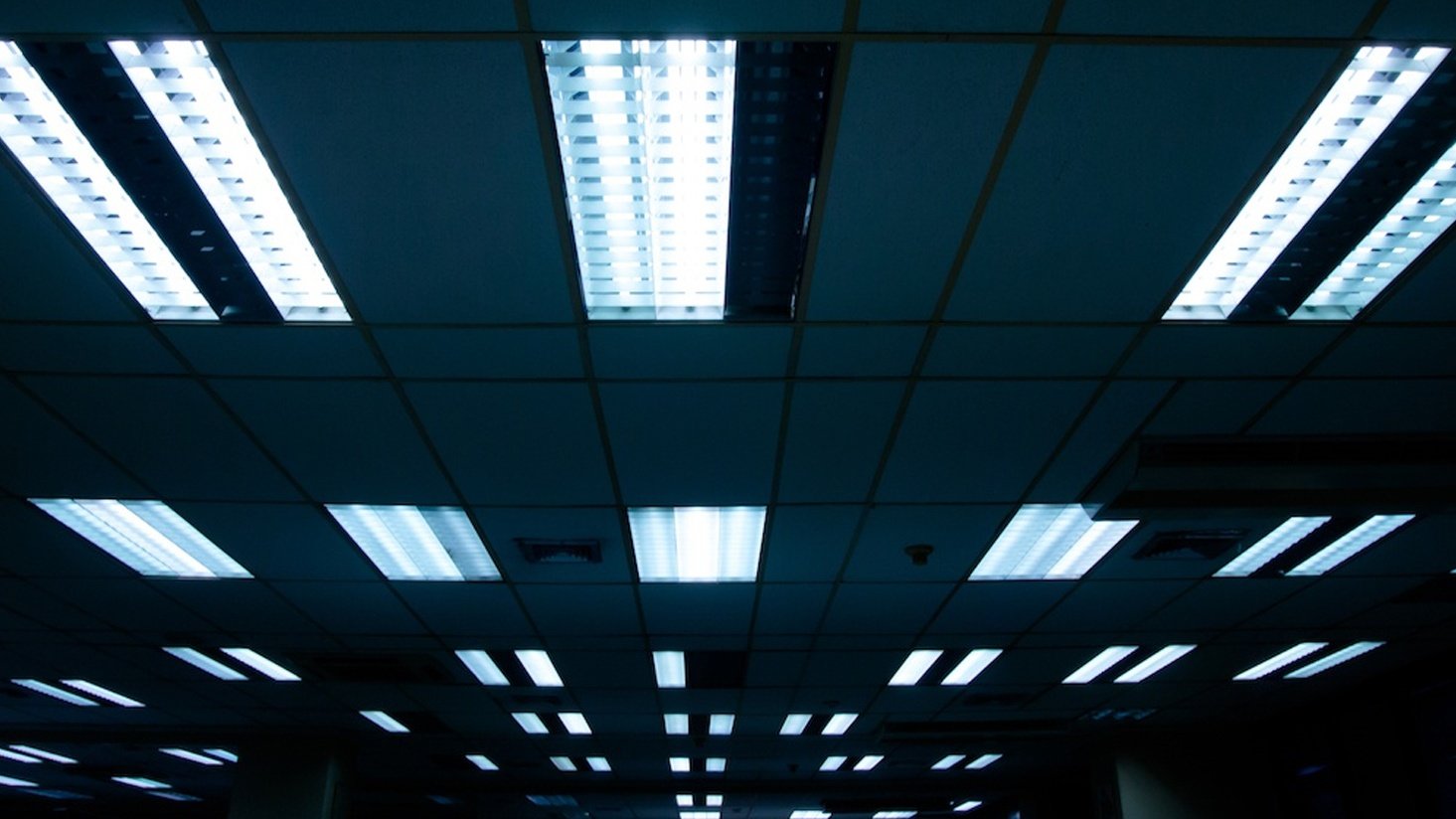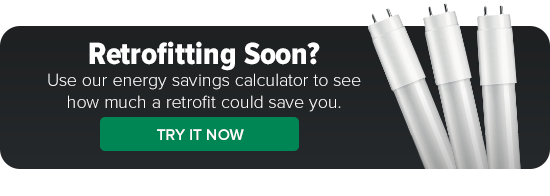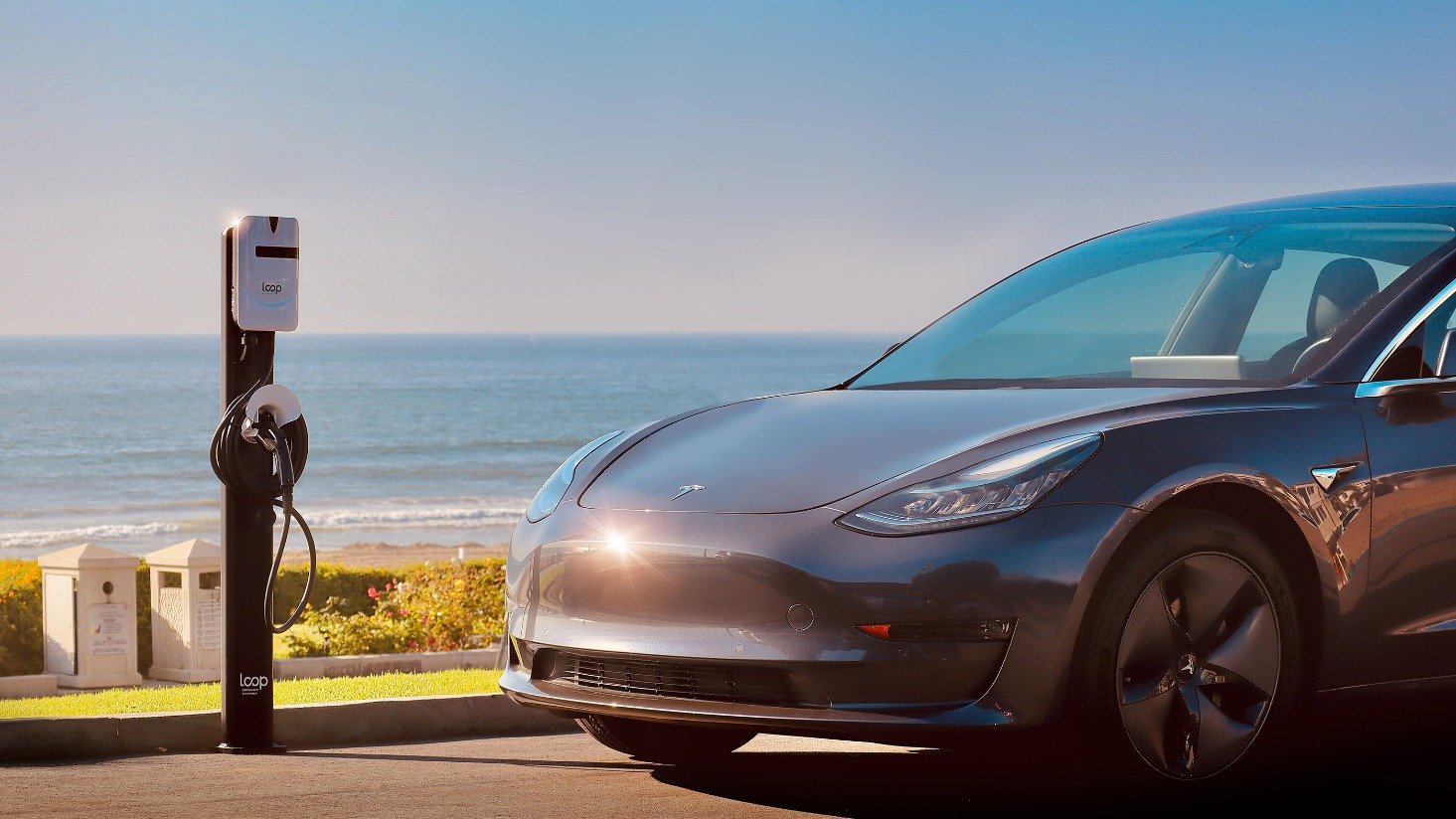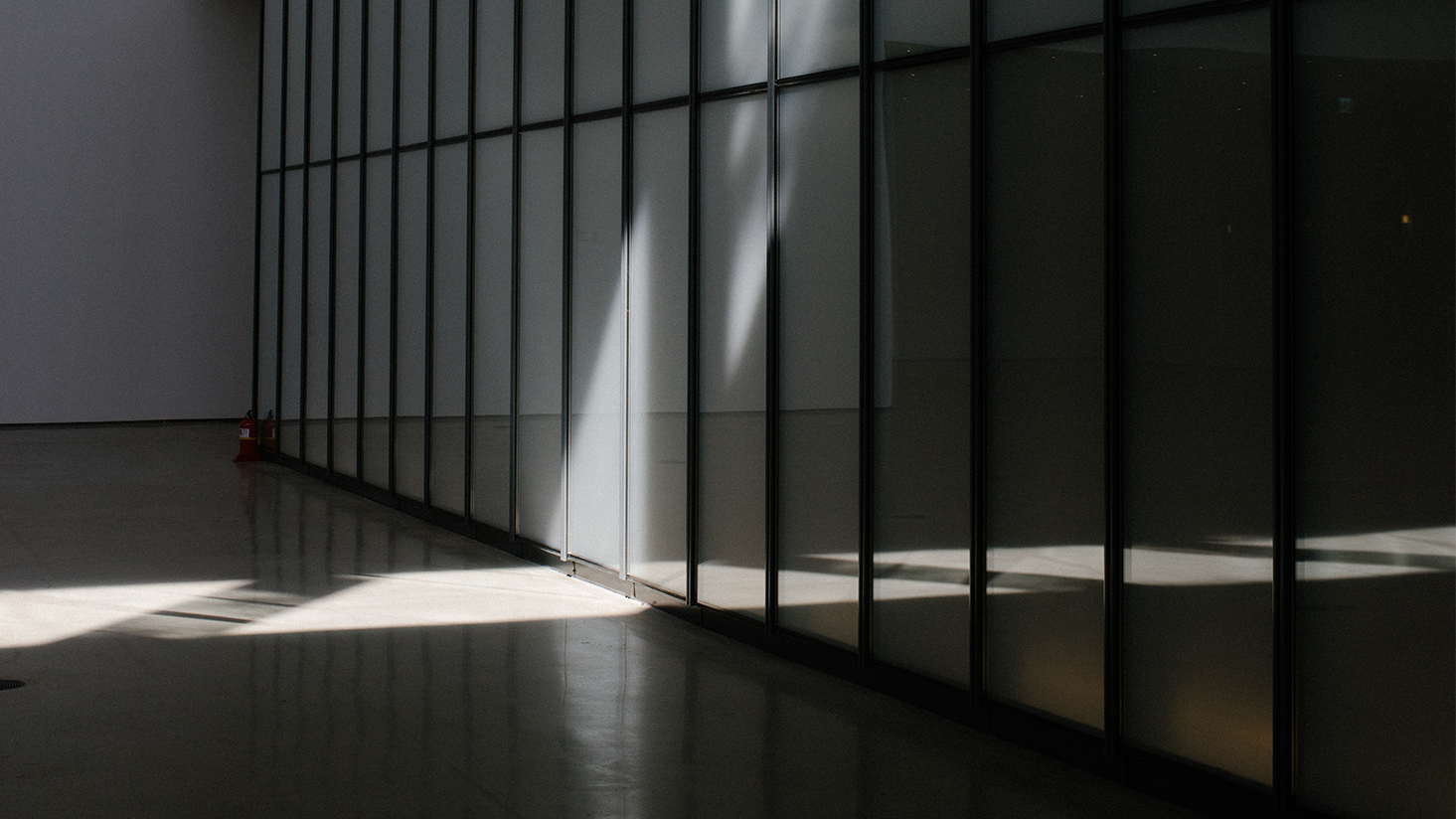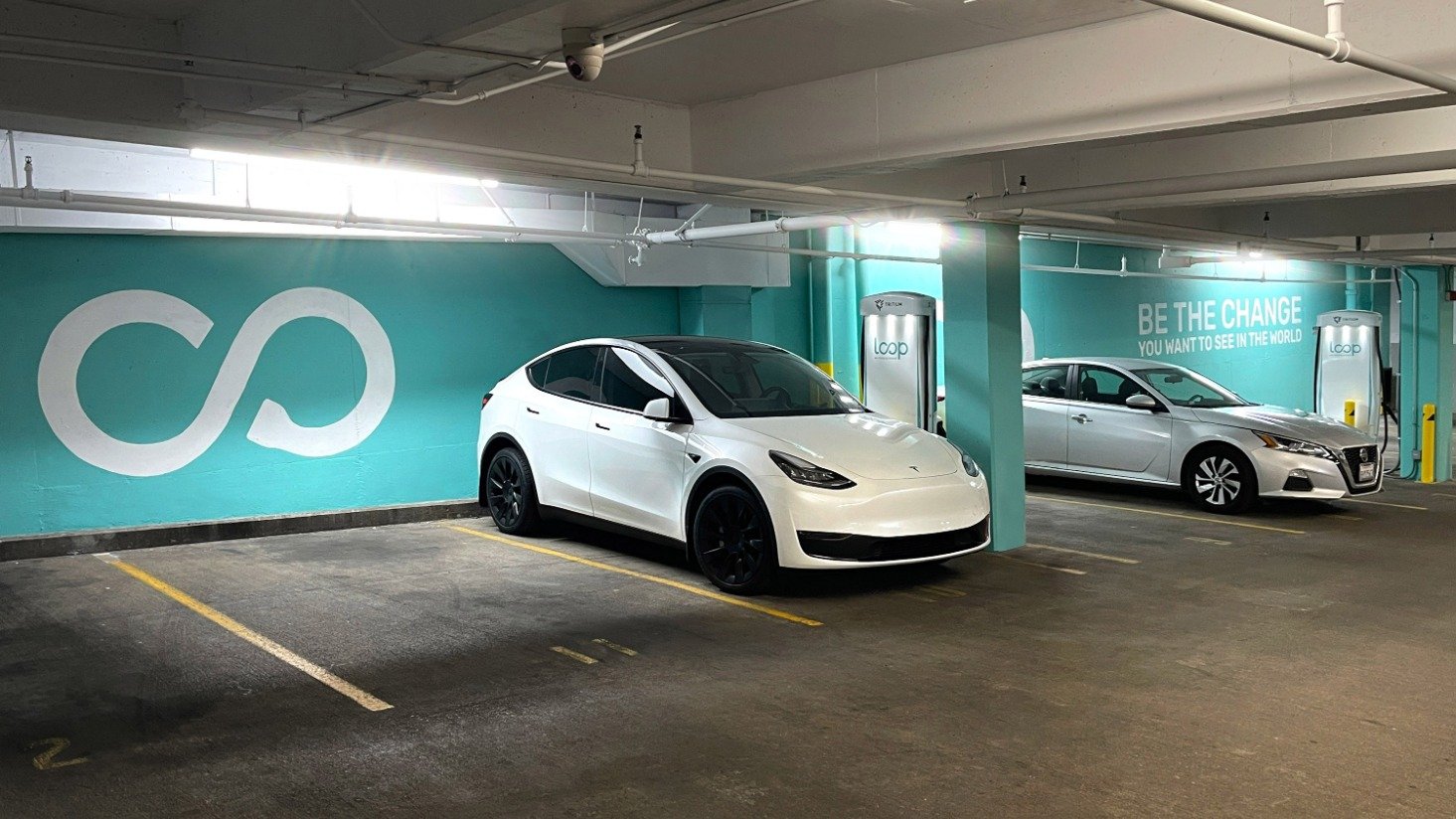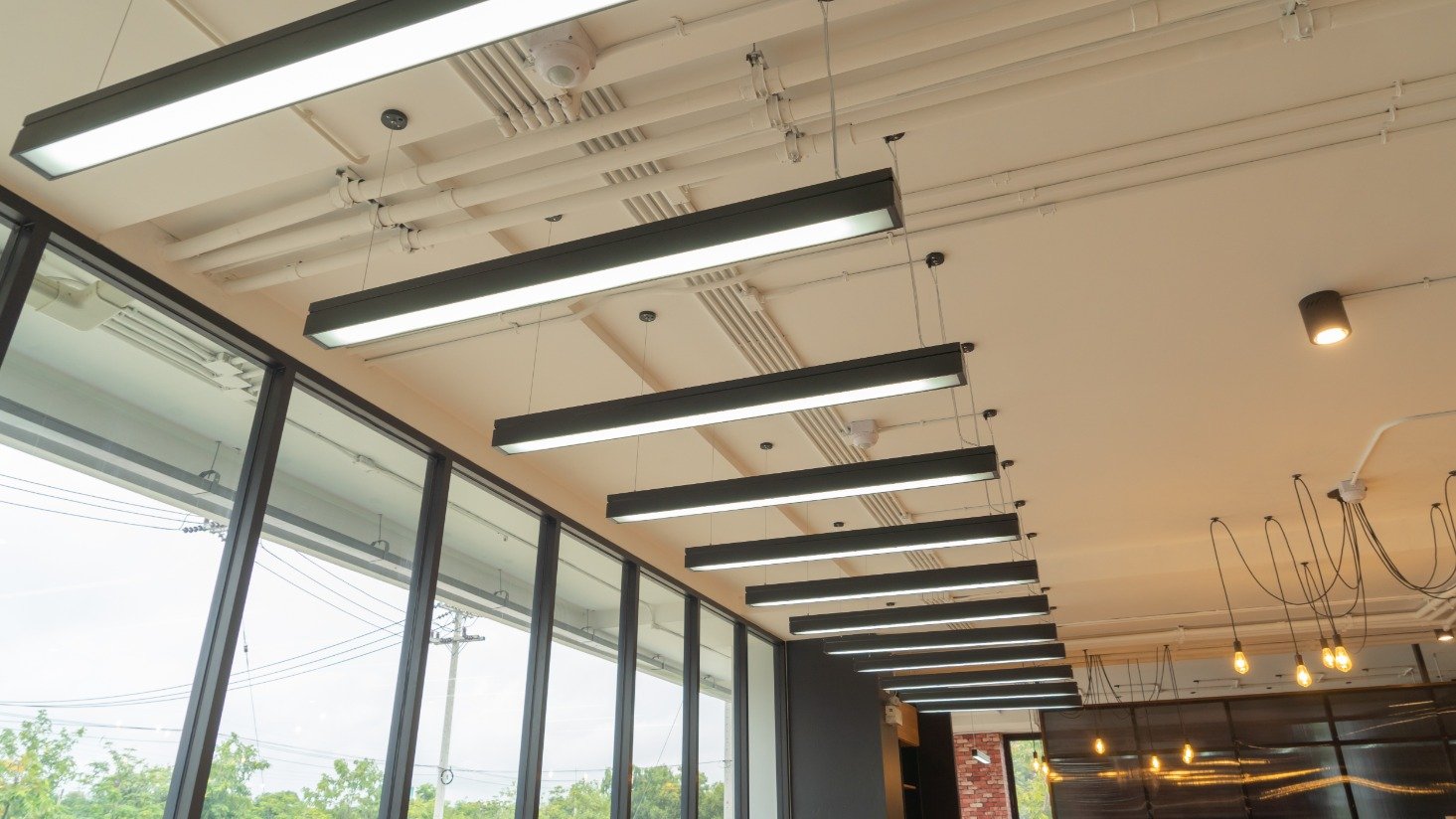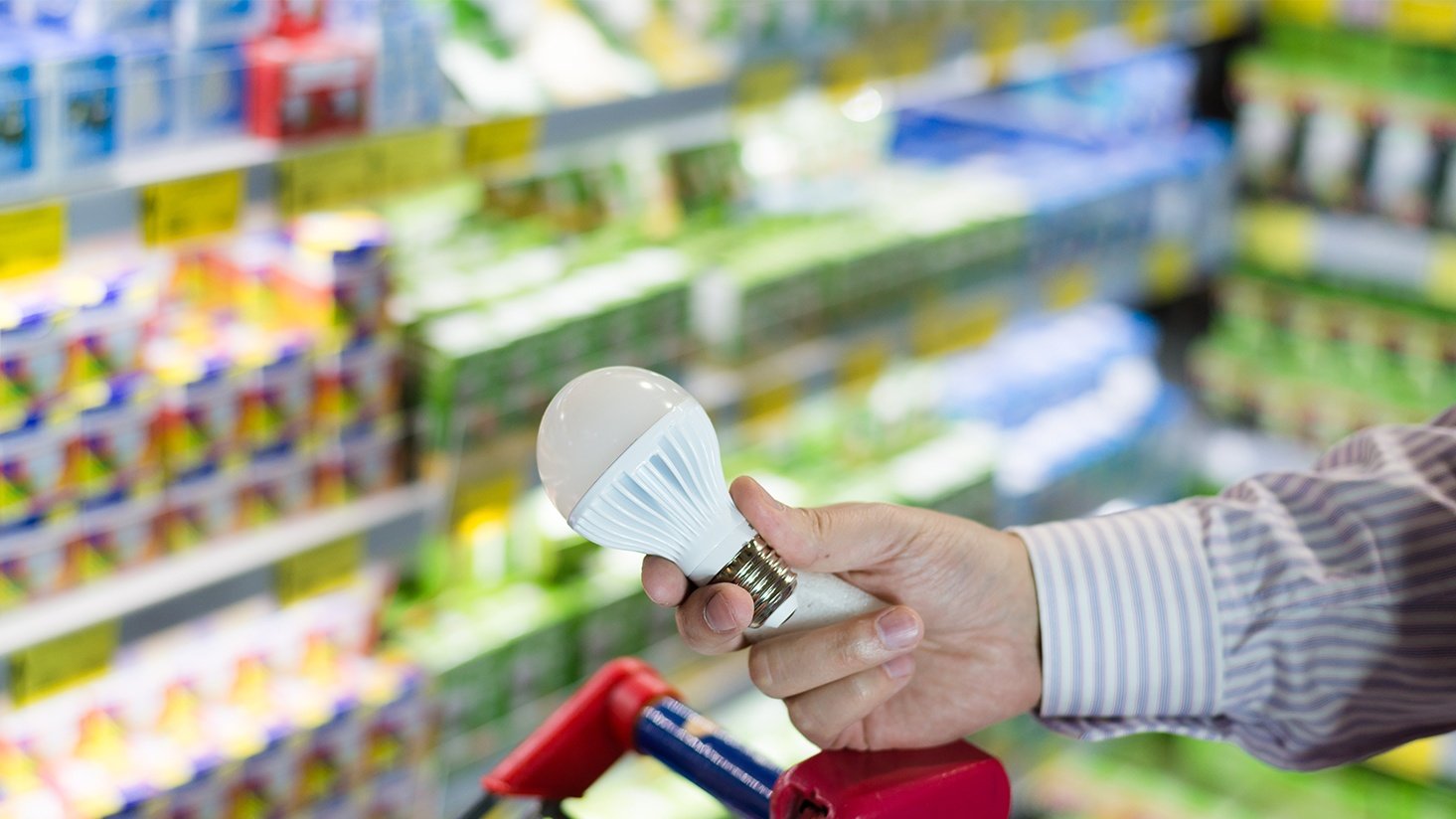What is a ballast factor and how does it affect fluorescent tubes?

Lighting products are full of specifications. Some of them impact the overall performance of the lighting system, and some of them make a significant impact on light levels, color, or energy consumption.
When it comes to ballasts, do you know what to look for? Ballast factor is one of those often overlooked or misunderstood specs that can make a big difference in your linear fluorescent lighting system.
In this article, we’re answering three key questions related to ballast factor. You can click on the questions to jump ahead to the section.
- What is ballast factor?
- How should I choose a ballast factor?
- How does ballast factor effect energy usage?
What is ballast factor?
A ballast factor is a number, typically between 0.70 and 1.2, that tells you how much light a lamp will emit with that ballast.
So how do you get that number?
Ballast factor is calculated by dividing the lumen output of a lamp-ballast combination by the lumen output of the same lamp(s) on a reference ballast. A ballast factor of <1 means that your fluorescent system will produce less light (lumens) than the reference ballast and a factor of >1 means it will produce more light.
Need a ballast primer? Check out our post, 'What is a ballast?'
The ballast factor for an electronic T8 ballast typically comes in three varieties – low, normal, or high. In addition to the effect on light output, there is also an indirect impact on energy consumption. In general, the lower the ballast factor, the less wattage your system will draw.
In the automotive world, the ballast factor might be similar to comparing the size of three different four-cylinder engines. In general, a small engine will give you the most fuel efficiency and the least power. As you step up to a larger engine, your fuel efficiency normally drops (using more energy in lighting-speak) and performance increases (more light output in lighting-speak).
Note: For you car enthusiasts, the analogy is limited. We’re talking about normal, naturally-aspirated production car engines, not F1 racing engines.
How should I choose a ballast factor?
One of the most important choices when picking out a ballast for a fluorescent system is the ballast factor.
Here are our guidelines on choosing ballast factor.
When to use a low ballast factor
Go with a low ballast factor if energy efficiency is your primary goal and you don’t mind getting a little less than the rated light output from your fluorescent tubes. If you’re pairing a low-wattage T8 with a low ballast factor, though, be careful with applications that are subject to low temperatures (freezers, exterior applications in cold climates). This ultra-efficient option doesn’t like the cold very much. Honestly, LED might be a great option to consider if you're in this boat.
When to use a normal ballast factor
If you aren’t concerned with maximizing efficiency and you are looking for standard light output, or if your application is subject to low temperatures, a normal ballast factor might be a good option.
When to use a high ballast factor
If you are trying to get the maximum possible light output from your fluorescent system, a high ballast factor will be just the ticket.
Pro tip: If you are making spot replacements, try to match the ballast factor from the old to the new product. That way, you’ll end up with a fixture more closely matches the look of the others.
How does ballast factor affect energy usage?
When you’re trying to get the most savings and efficiency out of a linear fluorescent system, the first place you typically look is the lamp wattage. You might think that a 32W fluorescent T8 consumes 32W and a 25W high-efficiency fluorescent T8 consumes 25W.
Not exactly.
A fluorescent lamp carries a wattage rating, but we calculate the actual wattage of a fluorescent system based on the system wattage, which includes the impact of a variety of factors (like voltage, current, and power factor).
The most reliable and accurate way to calculate the system wattage for a fluorescent fixture is to refer to a ballast catalog and look up the specific “Input Wattage” for the combination of
Lamp wattage x number of lamps x ballast factor
=
Estimated total system wattage
Let’s look at how that can vary for a 32W lamp paired with ballasts in the low, normal, and high-factor range. While the ballast factor will vary based on the manufacturer and the type of ballast, let’s use these ballast factors for our examples:
32W lamp x 1 lamp X 0.78 (low ballast factor) =
24.96W total system wattage
(Range from ballast catalogs: 25W to 26W)
32W lamp x 1 lamp x 0.88 (normal ballast factor) =
28.16W total system wattage
(Range from ballast catalogs: 28W to 31W)
32W lamp x 1 lamp X 1.2 (high ballast factor) =
38.4W total system wattage
(Range from ballast catalogs: 38W to 41W)
As you can see, the swing in wattage from the low ballast factor to the high is up to 16W for the same light bulb, which can have a significant impact on your energy bills and the proposed payback on a retrofit project. It’s also worth noting that the method of estimating energy usage by multiplying the bulb wattage by the ballast factor is still within the range of the exact numbers provided in the ballast catalogs.
Questions about ballast factor
Linear fluorescent products are incredibly common in commercial spaces, so
As always, we’re here to help.
